Explore Vientiane - Laos Travel, Asia
Vientiane, the capital of Laos, offers a unique travel experience for those looking to explore a peaceful Southeast Asian city with a deep connection to its cultural roots. Unlike other bustling capitals, Vientiane boasts a serene and laid-back atmosphere, making it a perfect destination for travelers wanting to escape the chaos of more crowded cities. This charming city sits along the Mekong River, offering scenic views, rich history, and a vibrant yet tranquil way of life. As a gateway to exploring Laos, this capital invites you to slow down, immerse in its heritage, and enjoy the local flavors.
Population: Approximately 840,000 in 2023.
Economy: Vientiane's economy is growing steadily, driven by government services, trade, and tourism. Key sectors include agriculture, manufacturing, and construction. The city's strategic location along the Mekong River supports trade with neighboring Thailand and Vietnam.
Landmarks: Famous for the Pha That Luang, Patuxai, and the Buddha Park (or Wat Xieng Khuan).
Laos
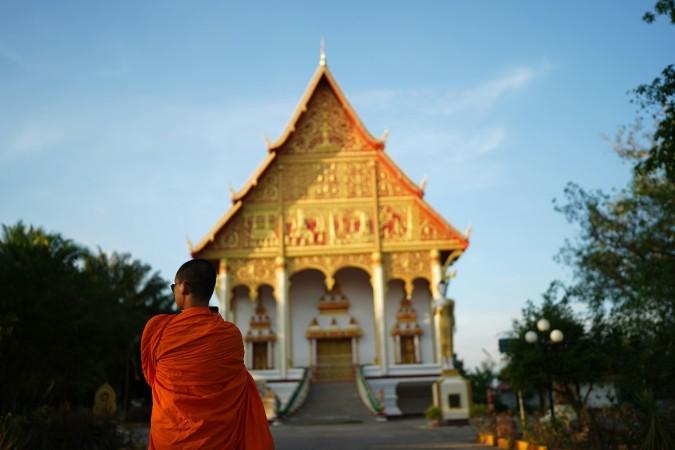
Overview of Vientiane
History & Cultural Influence
Vientiane, the capital of Laos, boasts a rich and complex history that spans centuries. Originally believed to have been a Khmer settlement, the city rose to prominence in 1354 when Fa Ngum founded the Lan Xang kingdom. Despite periods of instability and being destroyed in 1827, the city was later rebuilt during the French colonial era, becoming the capital of French Laos in 1899. Today, Vientiane’s unique blend of French colonial architecture and traditional Lao structures, like the iconic Patuxai Monument and Wat Si Saket, tell the story of its past. The city remains deeply connected to its Theravada Buddhist roots, with numerous temples and daily alms-giving ceremonies still integral to its culture.
Interaction with The Locals
Vientiane, the capital of Laos, has a population of approximately 840.000 people. The city is home to a diverse mix of ethnic groups, with the majority being Lao. The locals are noted for their friendly demeanor and laid-back lifestyle. Vientiane’s citizens have strong ties to their Buddhist traditions, which play a significant role in daily life. Despite being the country's largest city, it maintains a quiet, small-town character, providing tourists with a pleasant and relaxing environment.
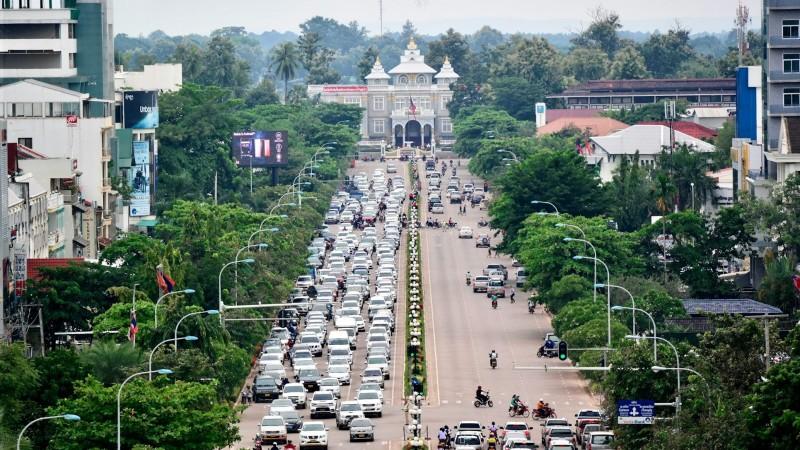
Traffic on a busy street in the center of Vientiane - © Alessio Roversi
Top Attractions in Vientiane
Pha That Luang
Pha That Luang is the most important national monument in Laos, symbolizing both Buddhist values and Lao sovereignty. This stunning golden stupa, originally built in the 16th century, stands 45 meters tall and is adorned with over 500 kilograms of gold leaf. Visitors come to admire its beauty and significance, as it represents a deep connection between Buddhism and Lao identity. Its golden glow, especially at sunset, makes it one of Vientiane’s most iconic sights.
Patuxai
Patuxai, often compared to Paris’ Arc de Triomphe, is a war monument honoring those who fought for Laos’ independence from France. Built between 1957 and 1968, this monument blends traditional Laotian architectural elements with its French influence. Visitors can climb to the top for panoramic views of Vientiane, offering a unique perspective of the city’s skyline and surrounding areas.
Buddha Park (Wat Xieng Khuan)
Buddha Park is a whimsical sculpture garden located just outside Vientiane, featuring more than 200 striking Hindu and Buddhist statues. Despite their ancient appearance, the park was actually built in 1958 by a priest-shaman with a vision of merging the two religious traditions. The highlight for many is the massive reclining Buddha, and visitors can also climb inside a giant pumpkin-shaped structure to explore different levels representing hell, earth, and heaven.
Wat Si Saket
Wat Si Saket is the oldest surviving temple in Vientiane, dating back to 1818. Its unique Siamese architectural style spared it from destruction during the Siamese invasion of 1828. The temple is home to over 2,000 Buddha images, some dating back to the 13th century, making it a must-visit for anyone interested in the religious and historical legacy of Laos.
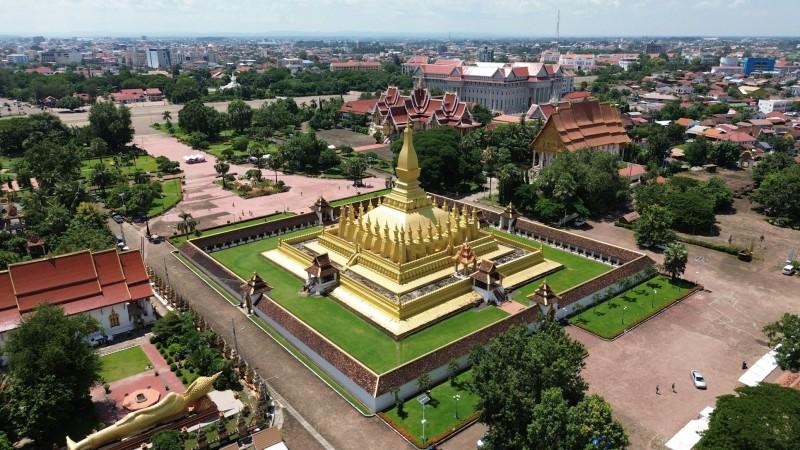
Pha That Luang - © Meklay YOTKHAMSAY
Must-Try Dishes in Vientiane
Vientiane offers a variety of must-try local dishes that capture the essence of Lao cuisine. Be sure to sample all these mouthwatering and unique local delicacies of the region.
- Laap (Meat Salad): This flavorful "meat salad" can be made with pork, chicken, beef, duck, or fish, finely chopped and mixed with lime juice, garlic, fresh herbs, and toasted rice powder.
- Khao Niaw (Sticky Rice): No meal in Vientiane is complete without khao niaw, or sticky rice. Served in small woven baskets, this glutinous rice is traditionally eaten by hand, rolled into small balls, and dipped into various dishes.
- Tam Mak Houng (Papaya Salad): Though it may resemble the Thai version, Tam Mak Houng, or Lao papaya salad, is distinct thanks to its use of padaek, a fermented fish sauce that adds a deeper, more pungent flavor. This dish is all about bold, spicy, and tangy flavors, showcasing the Lao preference for fresh ingredients and a fiery kick.
- Khao Piak Sen (Rice Noodle Soup): This comforting dish is a favorite breakfast option in Vientiane. Khao Piak Sen features soft, wide rice noodles in a rich, flavorful chicken or pork broth, topped with fresh herbs and bean sprouts. The dish reflects the influence of Chinese cuisine on Lao food while offering a unique twist that makes it distinctly Lao.
- Naem Khao (Crispy Coconut Rice Salad): A true Vientiane specialty, Naem Khao is a delightful combination of crispy rice, fermented pork, coconut, and fresh herbs. Typically served with lettuce leaves for wrapping, this dish brings together a perfect mix of textures and flavors, showcasing the Lao culinary tradition of balancing complexity and simplicity in every bite.
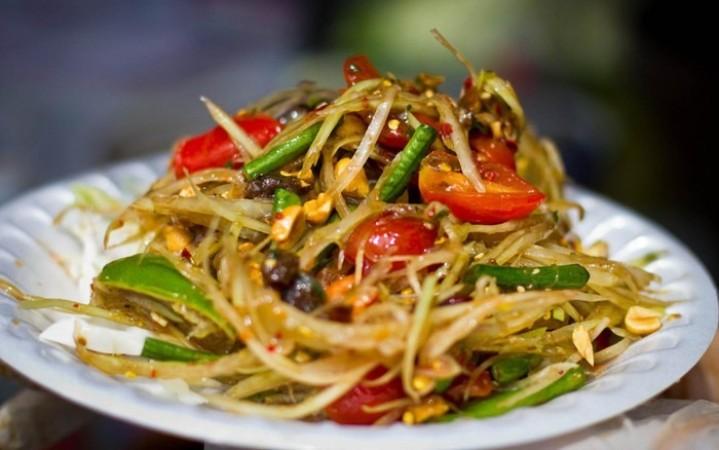
Tam Mak Houng - © Thanhnien News
Festivals & Local Celebrations
Boun Pi Mai (Laos New Year)
Boun Pi Mai is the biggest and most joyful festival in Vientiane and across Laos, held usually during 13-15 April. Expect the city to come alive with water-throwing celebrations, temple visits, and traditional ceremonies. Colorful parades fill the streets, and people engage in the symbolic washing of Buddha images. The festivities also include cultural performances, traditional games, and an energetic, festive atmosphere that stretches over an entire week.
Boun That Luang Festival
Centered around the iconic Pha That Luang stupa, this important Buddhist festival brings together religious and cultural traditions during November. Visitors can experience a grand procession starting from Wat Si Muang, alms-giving to monks, and vibrant cultural performances with traditional music. The festival also features a trade fair with local products and ends with stunning fireworks displays, making it a memorable event.
Boun Awk Phansa (End of Buddhist Lent)
Marking the end of Buddhist Lent in October, this festival brings the city to life with vibrant boat races on the Mekong River. Candlelit processions take place in the evening, and small banana leaf boats adorned with candles and incense are released into the water. Religious ceremonies are held at temples across Vientiane, while music and food stalls create a festive atmosphere throughout the city.
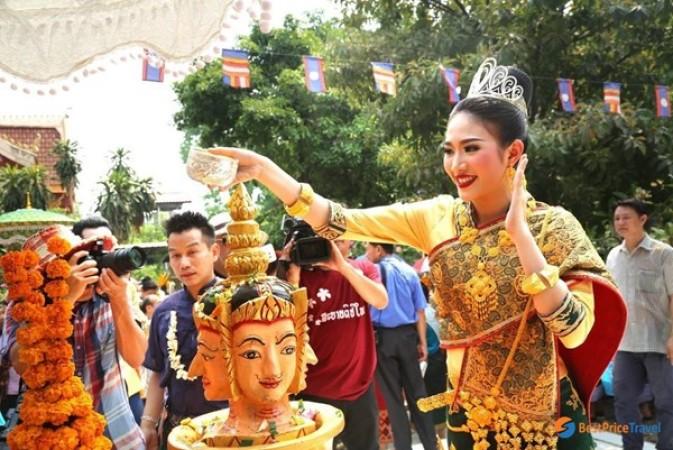
Boun Pi Mai (Laos New Year) - © Bnews
What to Do in Vientiane
- Mekong River Cruises: A sunset cruise along the Mekong River is one of the most relaxing ways to enjoy Vientiane. As the sun sets over the river, you’ll witness stunning views of the city and rural landscapes, all while enjoying the gentle breeze.
- Vientiane Cycling Tours: Vientiane’s flat terrain and relatively quiet streets make it perfect for cycling. Rent a bike and explore hidden streets, local markets, and peaceful temples. You can join guided tours that offer deeper insights into the city's history and culture, with stops at iconic landmarks like Pha That Luang and Patuxai.
- Cultural Tours and Workshops: For those interested in Vientiane’s rich traditions, cultural tours are a must. Visit Wat Si Saket, engage in monk-led meditation sessions, or take part in a cooking class to learn how to prepare traditional Lao dishes like Laap or Khao Poon.
- Spa and Wellness Retreats: Vientiane is also home to various wellness retreats offering traditional Lao massages and spa treatments. After a day of sightseeing, unwind at one of the city’s spas for a relaxing session of herbal therapies, foot massages, or full-body treatments designed to rejuvenate both body and mind.
- Nature and Adventure: Just outside the city, nature lovers can explore Phou Khao Khouay National Park, where trekking, wildlife spotting, and visiting waterfalls are popular activities. For those who enjoy a more leisurely pace, exploring the lush greenery and natural beauty around Vientiane is a great option.
Shopping in Vientiane
- Morning Market: Talat Sao, or the Morning Market, is a bustling hub of activity in Vientiane, open daily from 7:00 AM to 5:00 PM. This lively market offers everything from traditional textiles, jewelry, and handicrafts to fresh produce.
- Vientiane Night Market: Vientiane’s Night Market is a must-visit for anyone wanting to dive into local culture. This vibrant night bazaar is set along the Mekong River, offering stalls filled with clothing, accessories, handicrafts, and local street food.
- Samsenthai Road: Samsenthai Road is one of the city’s main streets, known for its traditional markets and street vendors. It’s perfect for a leisurely stroll, with visitors finding a variety of goods like textiles, jewelry, and Laotian crafts. The street is an excellent destination for those wanting to explore local markets at their own pace.
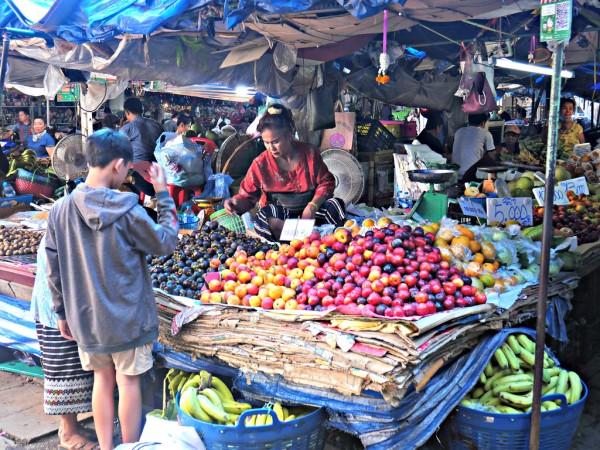
Talat Sao (the Morning Market) - © Flickr (@bindubaba)
Weather in Vientiane: Best Time to Visit
Dry Season in Vientiane
The dry season is the most popular time to visit Vientiane, especially between November and February when the weather is cooler and more comfortable, with temperatures ranging from 20°C to 30°C (68°F to 86°F). These months are ideal for outdoor activities like sightseeing, cycling tours, and exploring the city’s temples and markets. The skies are clear, making it a perfect time for sunset cruises along the Mekong River.
Wet Season in Vientiane
The wet season, from May to October, brings heavy rains and high humidity. Although this period sees fewer tourists, it offers a different perspective of Vientiane’s lush greenery and vibrant landscapes. Rain typically falls in short bursts, usually in the afternoon, leaving the mornings and evenings free for exploration. However, some rural areas may become difficult to access due to flooding, and certain activities, such as hiking, can be more challenging.
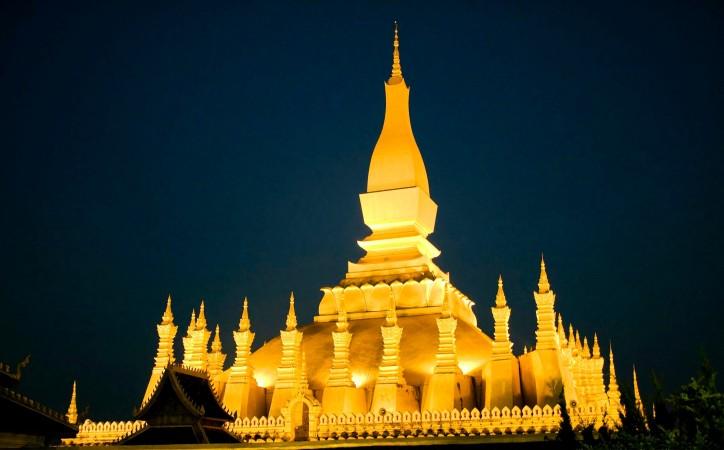
That Luang stupa - © Life on the road
Essential Travel Information
Getting Around Vientiane
- Private Transfer Services: Private transfer services can be booked in advance for a more personalized experience, including meet-and-greet services and flight monitoring.
- Public Transit: While the city's bus network is improving, it is not commonly used by tourists. However, Bus route 14 runs from Talat Sao Market to Buddha Park, and Bus route 29 connects to the Southern Bus Terminal.
- Taxis and Tuk-tuks: Taxis are available but less common than tuk-tuks. Tuk-tuks are widely used for getting around, though tourists may need to negotiate fares, as prices can sometimes be inflated.
- Bicycle Rentals: For a more leisurely and eco-friendly way to explore Vientiane, renting a bicycle is a popular option. Many visitors enjoy cycling through the city’s streets to discover its charms at their own pace.
ATM & Banking Services
Vientiane provides convenient access to ATMs and banking services throughout the city, particularly in tourist areas and near major attractions. Most ATMs accept international cards like Visa and MasterCard, though they often have withdrawal limits and charge small fees for foreign transactions. While the local currency is the Lao Kip, US dollars and Thai baht are also sometimes accepted in larger businesses, but having Kip is essential for smaller, local transactions.
Where to Stay in Vientiane
- Mid-Range Hotels: These options offer modern amenities, personalized service, and a touch of local charm. They provide easy access to cultural landmarks and temples while maintaining a comfortable and welcoming atmosphere.
- Luxury Riverside Hotels: For those seeking a more premium experience, Vientiane boasts luxurious hotels situated along the Mekong River. These accommodations typically offer spacious rooms, fine dining, and wellness facilities, making them perfect for travelers wanting to relax in style. With stunning views of the river, these hotels provide a tranquil escape while still being conveniently close to the city’s attractions.
- Riverside vs. City Center: When choosing where to stay, consider whether you prefer the scenic views and serene environment of the riverside, or the bustling energy of the city center. Riverside hotels offer picturesque sunset views over the Mekong, while staying in the heart of the city provides quick access to markets, restaurants, and cultural sites.
Articles for you
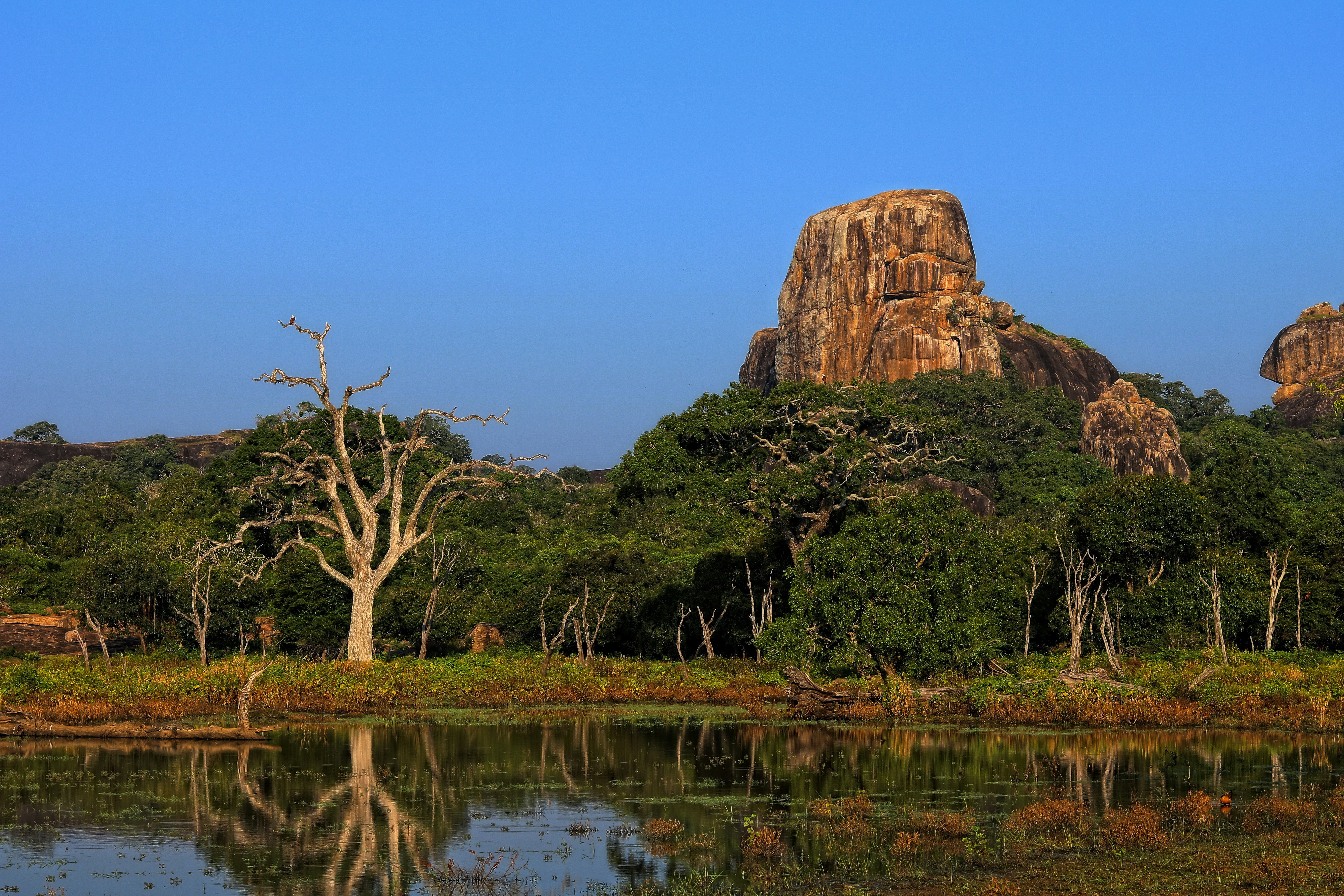
Explore Yala National Park - Sri Lanka Travel, Asia
Tucked away in Sri Lanka’s southeastern corner, Yala National Park is where wild nature meets deep tradition. Known worldwide for its leopard population, the park is also home to elephants, sloth bears, crocodiles, and hundreds of bird species. Beyond wildlife, Yala opens doors to a cultural landscape dotted with ancient temples, Buddhist ruins, and coastal villages. For travelers seeking more than just a safari, Yala offers a chance to explore eco-tourism, local communities, and sacred heritage sites.
Population: The Yala National Park area doesn’t have a human population.
Economy: The economy around Yala National Park thrives on a blend of eco-tourism, agriculture, and local services. Safari tours, eco-lodges, and cultural experiences drive steady income for nearby towns like Tissamaharama and Kataragama, supporting thousands of families.
Landmarks: Famous for Block I of Yala and wildlife encounters, including elephants, sloth bears, crocodiles, and exotic bird species.

Explore Galle - Sri Lanka Travel, Asia
Nestled on Sri Lanka’s southern coastline, Galle is a vibrant city where history meets the sea. Its cobbled streets, colonial architecture, and serene beaches make it a must-visit destination for travelers seeking a blend of culture, adventure, and relaxation. A UNESCO World Heritage site, Galle captivates visitors with its Dutch Fort, bustling markets, and friendly locals. Whether you’re exploring the ramparts at sunset or savoring fresh seafood by the shore, Galle promises an unforgettable journey into Sri Lanka’s heritage.
Population: Approximately 113,000 in 2023.
Economy: Galle’s economy thrives on tourism, trade, and fisheries. The city’s historic fort, colonial architecture, and coastal charm draw thousands of international visitors each year, making tourism its main economic driver. Fishing remains vital for local livelihoods, supplying fresh seafood across the region.
Landmarks: Famous for the Galle Fort, Dutch Reformed Church & Maritime Museum, and Unawatuna Beach.
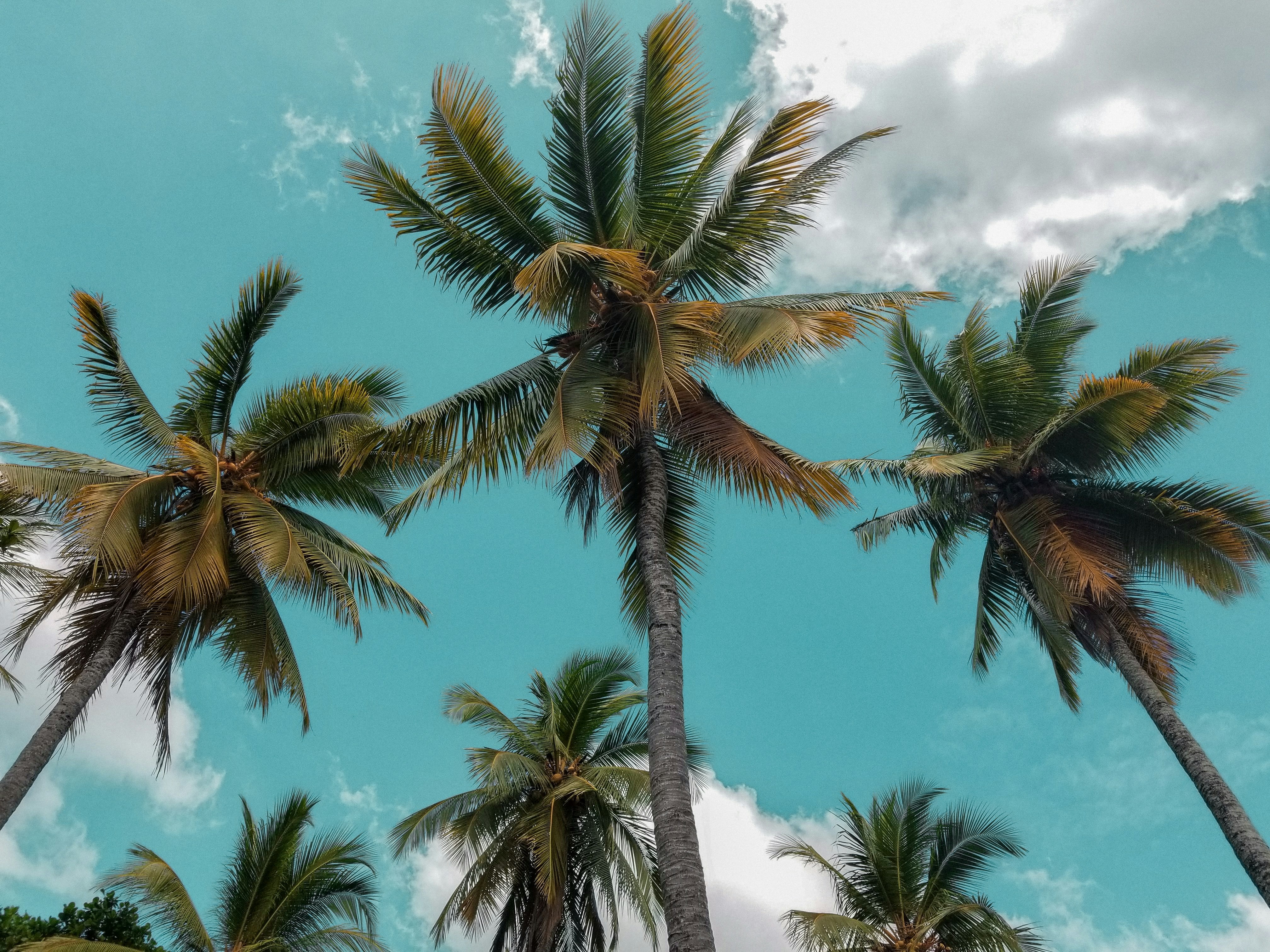
Explore Bentota - Sri Lanka Travel, Asia
Nestled along Sri Lanka’s southwestern coast, Bentota is a tropical paradise that blends golden beaches, vibrant culture, and thrilling adventures. Famous for its calm waters, luxury resorts, and scenic river estuary, Bentota has become a top destination for travelers seeking both relaxation and authentic experiences. From serene beach walks at sunrise to adrenaline-pumping water sports, this coastal town offers a perfect balance of leisure and exploration. With its proximity to Colombo and Galle, Bentota is easy to reach, making it an ideal stop for both short escapes and extended holidays.
Population: Approximately 37,000 in 2023.
Economy: Bentota’s economy thrives mainly on tourism, which drives local businesses such as hotels, restaurants, and wellness retreats. The town also benefits from fishing, coconut cultivation, and handicrafts like wood carving and batik textiles. Many residents rely on the growing demand for water sports and Ayurvedic treatments, making tourism the backbone of both income and employment in the area.
Landmarks: Famous for Bentota Beach, Bentota River Safari, and Kande Vihara Temple.

Explore Mirissa - Sri Lanka Travel, Asia
Mirissa is a charming coastal town on Sri Lanka’s southern shoreline. Known for its golden beaches, turquoise waters, and vibrant marine life, it has become a must-visit stop for travelers exploring the island. Many come for whale watching, surfing, and sunset views at Coconut Tree Hill, but Mirissa offers much more than postcard beauty. The fishing boats you see anchored by the bay carry generations of stories. Local traditions, delicious cuisine, and a laid-back rhythm of life shape every visitor’s experience.
Population: Approximately 4,700 in 2023.
Economy: Mirissa’s economy is largely shaped by its coastal location. Fishing has long been the backbone of local livelihoods, with generations relying on the Indian Ocean for income. In recent decades, tourism has become the main driver of growth, thanks to whale watching, surfing, and beachside hospitality.
Landmarks: Famous for Mirissa Beach, Coconut Tree Hill, and Parrot Rock Bridge.
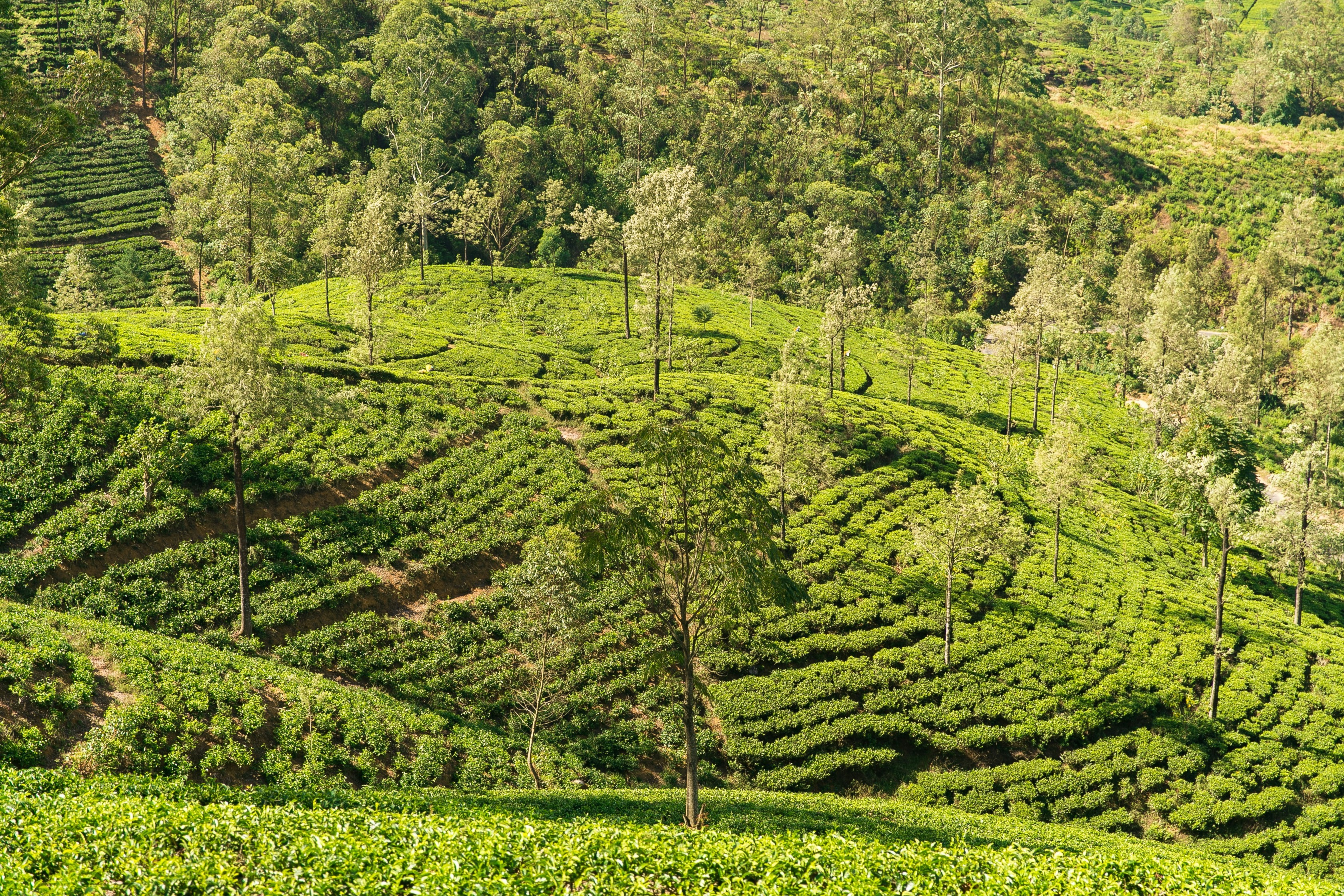
Explore Nuwara Eliya - Sri Lanka Travel, Asia
Tucked away in the Central Highlands of Sri Lanka, Nuwara Eliya is often called “Little England”. With its rolling tea plantations, cool misty mornings, and colonial charm, this mountain town feels like a step into another world. Travelers come here to breathe fresh air, walk through flower gardens, sip the finest Ceylon Tea, and enjoy a pace of life far from the island’s busy cities. Whether you’re drawn by scenic landscapes, heritage architecture, or the warmth of its people, Nuwara Eliya is a destination that blends nature, culture, and history in perfect harmony.
Population: Approximately 781,000 in 2023.
Economy: Nuwara Eliya’s economy thrives mainly on tea production, as it sits in the heart of Sri Lanka’s central highlands, famous worldwide for Ceylon Tea. The city also benefits from a growing tourism industry, attracting visitors with its colonial charm, cool climate, and scenic landscapes.
Landmarks: Famous for Gregory Lake, Hakgala Botanical Garden, and Victoria Park.
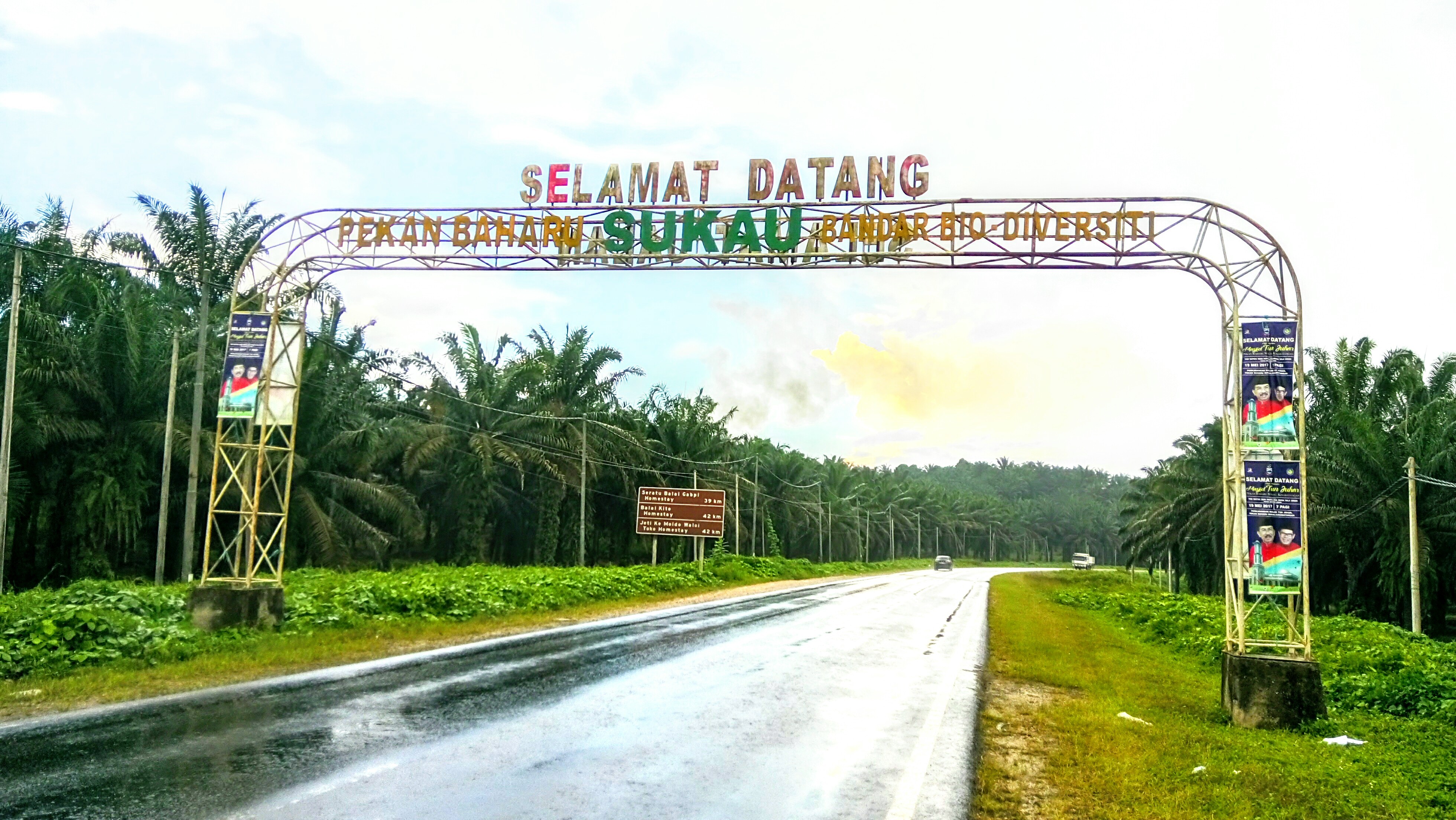
Explore Sukau - Malaysia Travel, Asia
Nestled on the banks of the Kinabatangan River in Sabah, Malaysian Borneo, Sukau is a destination where wildlife, culture, and conservation come together. Known as one of Asia’s top spots for river safaris and eco-tourism, this quiet village offers a front-row seat to encounters with Bornean orangutans, pygmy elephants, proboscis monkeys, and exotic birdlife.
Population: Approximately 1,400 in 2019.
Economy: Sukau’s economy is shaped by its riverine location and natural resources. Traditionally, the Orang Sungai community relied on fishing, small-scale farming, and forest gathering for their livelihood. Today, the village has shifted toward eco-tourism, with river cruises, jungle trekking, and homestays providing income.
Landmarks: Famous for the Kinabatangan River cruises, Gomantong Caves, and Ox-bow lakes and wetlands.
